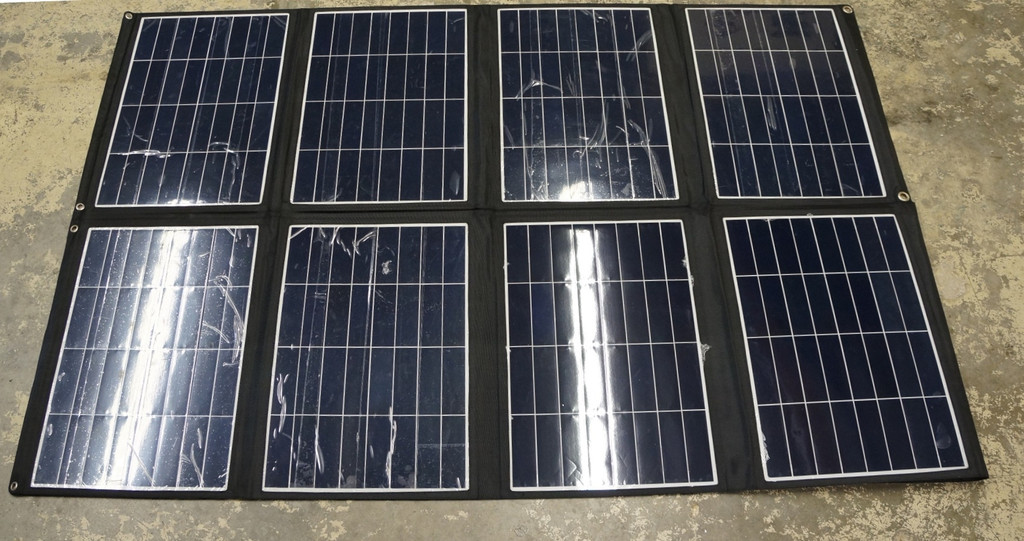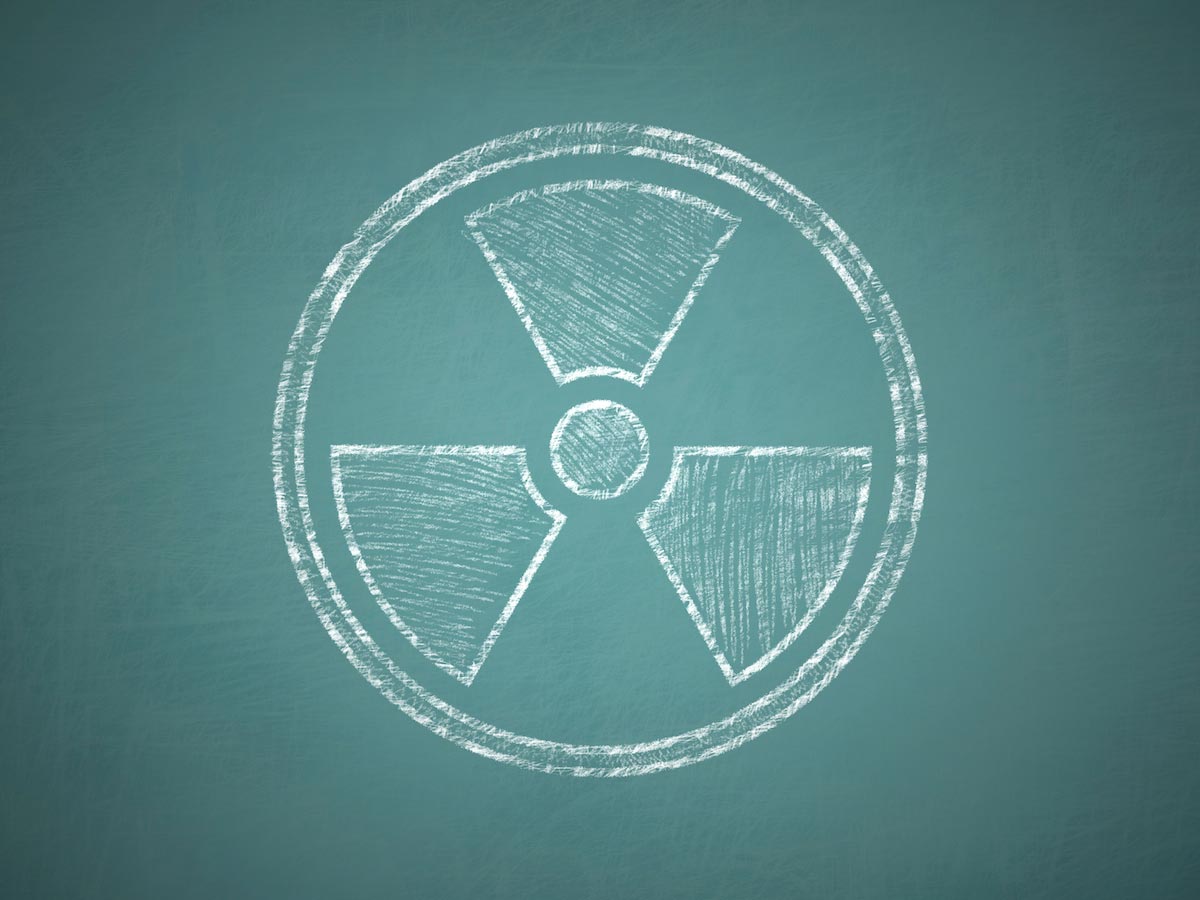
Sunlight is an abundant source of clean energy. Industries are switching from traditional, highly polluting fossil fuel energy sources to solar power that emits zero air pollution.
The existing techniques for collecting solar charges cost a lot of money. They are also less efficient than fossil fuel counterparts. The maximum theoretical efficiency of solar panels only reaches 33 percent.
To resolve the cost and efficiency issues of solar tech, a research team at The City University of New York (CUNY) investigated nanotechnological solutions under the university's Nanoscience Initiative. The nanomaterials offered a means of harvesting solar energy with greater efficiency and better affordability.
The new nanomaterials rely on singlet fission, a method where a high-energy photon split a high-energy singlet exciton into two triplet excitons. Each triplet exciton contains half the energy of the original exciton between them. (Related: The photocatalytic activity of two semiconductors can tap visible light to “split water and produce hydrogen,” reveals study.)
Researchers create self-assembling nanomaterials from common industrial dyes
"We modified some of the molecules in commonly used industrial dyes to create self-assembling materials that facilitate a greater yield of harvestable electrons and extend the electrons' xcited-state lifetimes, giving us more time to collect them in a solar cell," explained CUNY researcher Andrew Levine.
The lead author of the research paper, Levine and his team published their findings in the Journal of Physical Chemistry. He explained that the self-assembling nanomaterials stack the dye molecules in a specific order to achieve their effects.
Inside the stacks, dyes with photons collected from sunlight attach themselves to the nearest uncharged molecule. The dye excites its partner by sharing the additional energy from the photon. The excited molecules shed electrons, which are collected as solar energy.
The CUNY researchers based their efforts on diketopyrrolopyrrole (DPP) and rylene, two dyes that saw extensive use in various industrial applications. They developed half a dozen combinations that assembled into superstructures.
Electron microscopic and advanced spectroscopic analysis of the dye-based nanomaterials uncovered the geometric variations between the different superstructures. These small yet vital differences altered the excited states of the DPP molecules and affected the chances of singlet fission taking place among excitons. The changes also influenced the number and lifetime of electrons released by the dye molecules.
Solar cells made from self-assembling nanomaterials will be cheaper and build faster
"This work provides us with a library of nanomaterials that we can study for harvesting solar energy," said CUNY researcher Adam Braunschweig, one of the lead researchers of the study alongside Levine. "Our method for combining the dyes into functional materials using self-assembly means we can carefully tune their properties and increase the efficiency of the critical light-harvesting process."
The ability of the nanomaterials to assemble themselves provided several advantages to solar technology. Photovoltaic cells made from self-assembling materials take less time to be manufactured, which saves both time and energy.
In comparison, existing techniques for fabricating solar cells use molecular synthesis. The conventional method takes a lot of time and energy.
The next step for the CUNY researchers is to find a way to harvest the solar charges generated by their self-assembling nanomaterials. They are working on a rylene molecule that will pick up the electron shed by a DPP molecule that underwent singlet fission. A solar cell made from these modified dyes will be able to kick off singlet fission and transfer solar charges.
Interested in other technological breakthroughs in solar energy efficiency? Visit Power.news to learn more.
Sources include:
Please contact us for more information.























